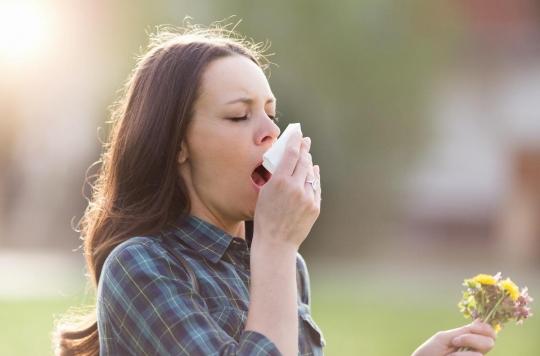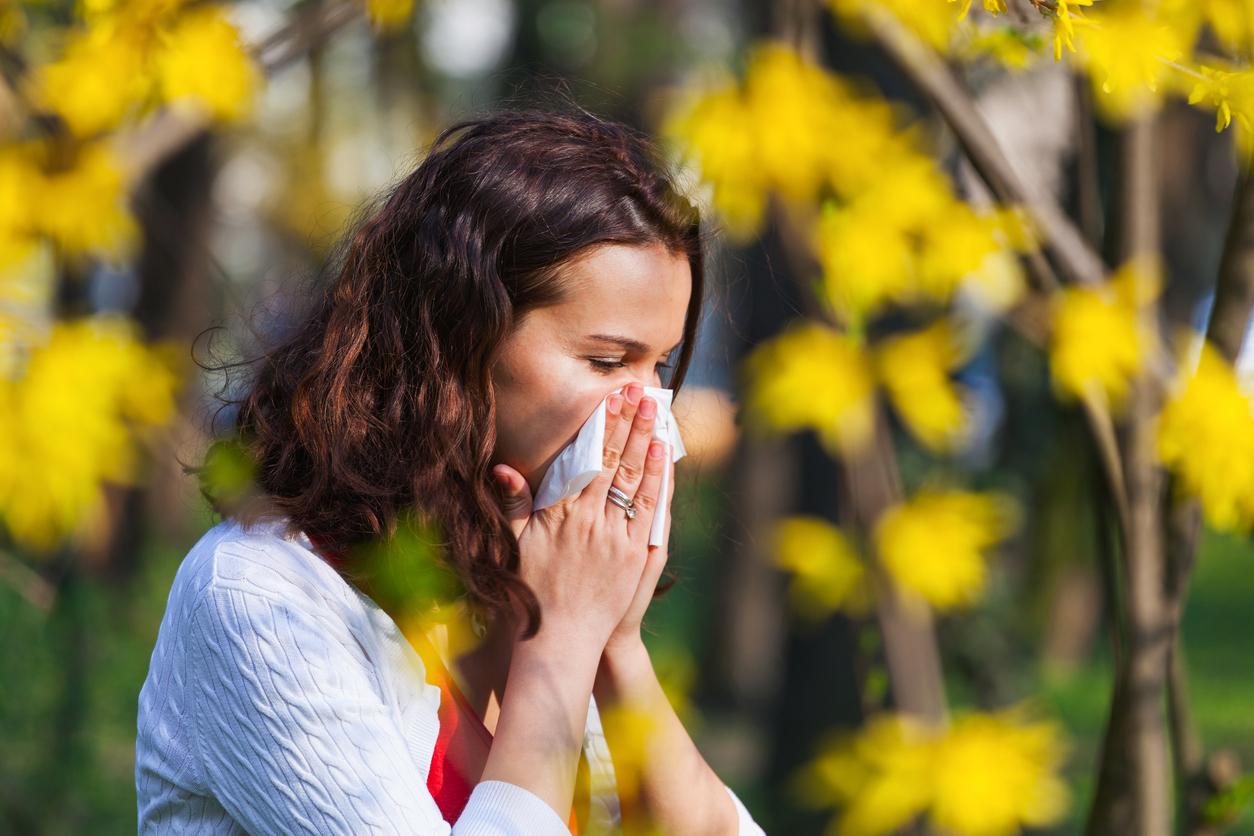Pollen proliferation periods have been getting longer and longer over the past two decades, in particular due to rising temperatures.

- Climate change has lengthened the pollen and mold season by about half a week since the early 2000s in San Francisco Bay.
- Although the allergy season has lengthened, pollen concentrations have decreased somewhat.
Global warming has direct effects on our health. The lengthening of sensitive periods for allergy sufferers is further proof of this. Rising temperatures, with milder autumns and winters, favor the expansion of a plant called ragweed, whose pollen increases seasonal allergies. In a new study, published on June 17 in the journal Scientific Reportsshows that in the San Francisco Bay Area, researchers at Stanford University School of Medicine have shown that atmospheric levels of pollen and mold spores remain elevated for two more months compared to past decades.
More and more patients complaining
Climate change has lengthened the local pollen and mold season by approximately half a week since the early 2000s. This is the first primary research to analyze the effects of climate change on airborne allergens. air in the San Francisco Bay Area. “Climate change really is a health issue, and we live and breathe the effects of climate change nowsays Kari Nadeau, lead author of the study. As an allergist I have noticed that the start date of the tree pollination season is earlier each year. My patients complained, and I answered them each time this year was particularly difficult, before realizing that I was repeating it every year..”
Researchers have recorded the concentrations of tree, grass, weed and mold spore pollen in the air every week since 2002. In total, allergens from more than 100 species have been identified, but scientists have focused their analysis on the 20 most frequently observed species in the region. In addition, they collected environmental data on daily maximum temperatures, precipitation, carbon dioxide levels and exposure to wildfire smoke.
Links between environmental changes and levels of identified allergens
The results showed that the pollen season starts earlier and ends later for many species of plants and moulds. Local tree pollen and mold spore seasons have increased by about four and five days per year, respectively. Although the allergy season has lengthened, pollen concentrations have decreased somewhat. An effect which the researchers believe could be the result of increased urbanization and a decrease in wild land.
A clear association between environmental changes and allergen levels has been identified. For trees, the pollen spike was linked to rising spring temperatures and falling winter temperatures. Weed pollen is the result of rising spring and summer temperatures, while grass pollen is correlated with rising summer temperatures. Higher levels of mold spores are the result of rainfall followed by drought, as the spores form in wet weather but can drift through the air for months when they dry out. The researchers did not identify a link between carbon dioxide levels and wildfire smoke exposure and changes in pollen and mold spore levels.
.
















